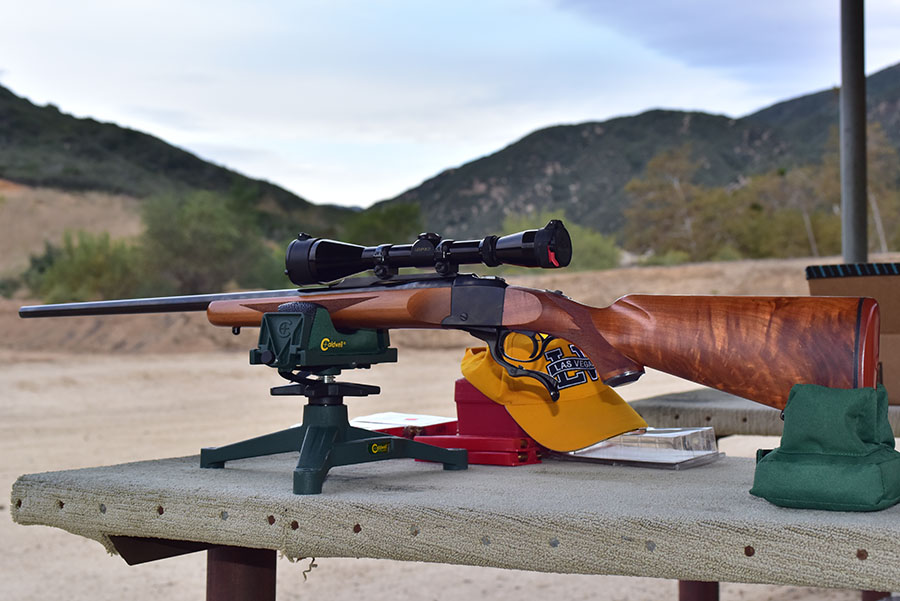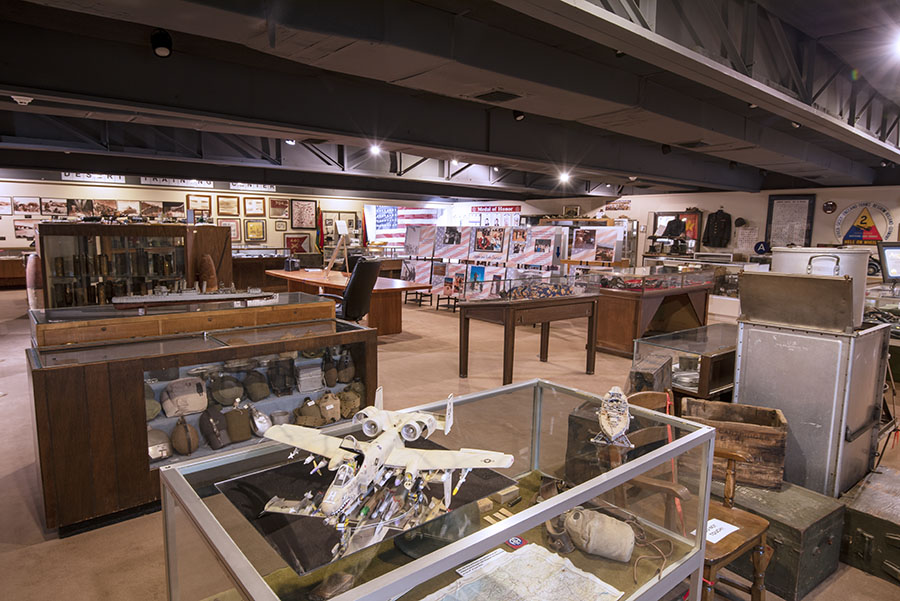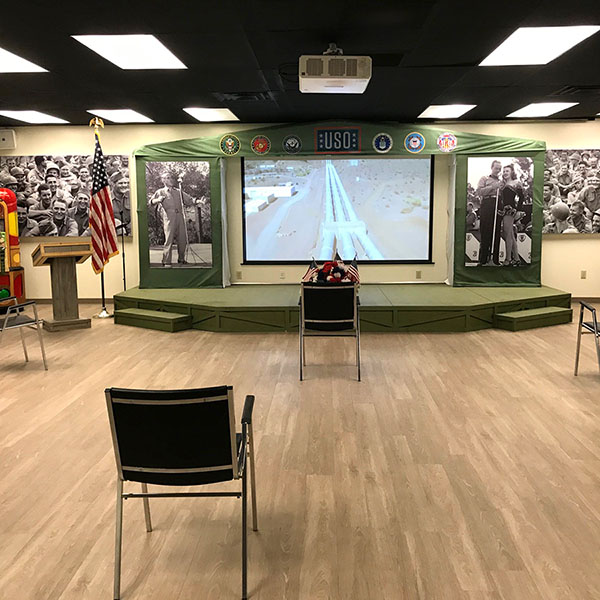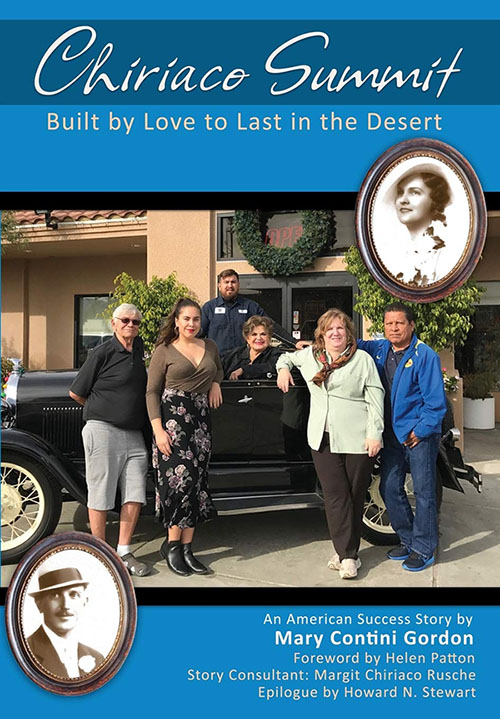I keep hearing a complaints about Globalism. People are talking. Some folks don’t like the idea of making the world’s population one homogenous group of consumer/aphids to be milked by evil corporations. I get that and it bothers me that a mini bike that cost $250 dollars in 1970 now costs only $44 adjusted for dollar devaluation. That’s right, this Fit Right Chinese-built mini bike costs less in real dollars than a really long, long-distance telephone call did in 1970.

In some ways that old 1970 mini bike was better. It had a couple more horses than the DB003’s 1 horsepower. It was made in the USA, which helped support local businesses. I think the fit and finish on the Fit Right DB003 is at least as good or better than an average vintage mini, maybe not as good as a Rupp but then nothing was as good as a Rupp. As far as reliability goes, those flathead, loop framed, scrub-braked minis were not a vehicle you could ever assume you’d get back home on. Time will tell if the Fit Right holds up.

I’m in the middle of a back porch remodel so I only have time to do a short review on what I’ve found unboxing the Fit Right. A more thorough road test and video will be forthcoming.

The Fit Right DB003 comes fairly well packed in bubble wrap and then molded Styrofoam all stuffed inside a heavy cardboard box. The cardboard is thick and strong, it’s too good to throw away. I’ll be using it for a working pad to cover the dirt and ants while tinkering under the MBG-GT. Even though the mini was packaged well a ragged hole was punched into the side and parts were rattling around.
Once out of the packaging the Fit Right mini comes fully assembled except for the handlebars. It only took a few minutes to install the bars after a few hours searching for a 10mm socket. The bars are held on by four bolts/nuts and one of the nuts had gone missing. It probably fell out of the hole. Luckily I had a spare 8mm locknut left over from a roof rack installation.

The fit and finish on this $299 (shipping included!) Fit Right mini bike are pretty good. The graphics on the plastic gas tank cover are molded in so you won’t have any cheap, stick-on labels peeling off. The real gas tank under the plastic is made of steel. One odd thing is that there are no steering stops: the forks bang into the gas tank at full lock. This mini bike is smaller than usual; I’ll need to rig some bar-risers to clear my knees.
The Fit Right Model 139F, 40cc, overhead valve engine is jewel-like. Its castings look smooth and there is no rough mold flashing at the edges. The frame is fairly complex design with a lot of tubes and angles that don’t seem to make any sense. I suspect the stylists threw a couple extra pipes in the mix to make the mini look cool. Welds are pretty good, much better than I can do. The Fit Right
even has folding foot pegs, a rare feature on the old mini bikes.

Unusual for such an economy mini motorcycle the Fit Right came with a flimsy but usable tool kit, something lacking on a $40,000 Harley-Davidson. For $299 you can’t expect Japanese-level quality, however I’m satisfied with the DB003’s presentation and the easy assumption of owner-provided care.

There are some interesting things on this bike that I need to look into later. For instance the fuel tank has a return line and a feed line but no fuel shut off. The engine has a fuel pump because in stationary-engine uses the fuel tank mounts below the carburetor. The carb itself is odd looking. It may be a diaphragm type carb like on a chain saw. The drive train is double reduction and I’ve just got to know what is under the nifty cast aluminum primary cover. The rear brake is a mechanical disc, which is a huge improvement over the old-fashioned scrub brake that simply rubbed on the tire. I don’t like that the hot exhaust exits directly onto the brake cable. I need to turn the exhaust tip more downwards.

The Fit Right DB003 is quite a bit more sophisticated than your traditional double-loop mini of days gone by. Whether this added sophistication equates to better performance remains to be seen. As soon as I get time I’ll get the mini running and ExhaustNotes.us will have performance numbers and a riding impression.
See our other Product Reviews! Subscribe for free here:


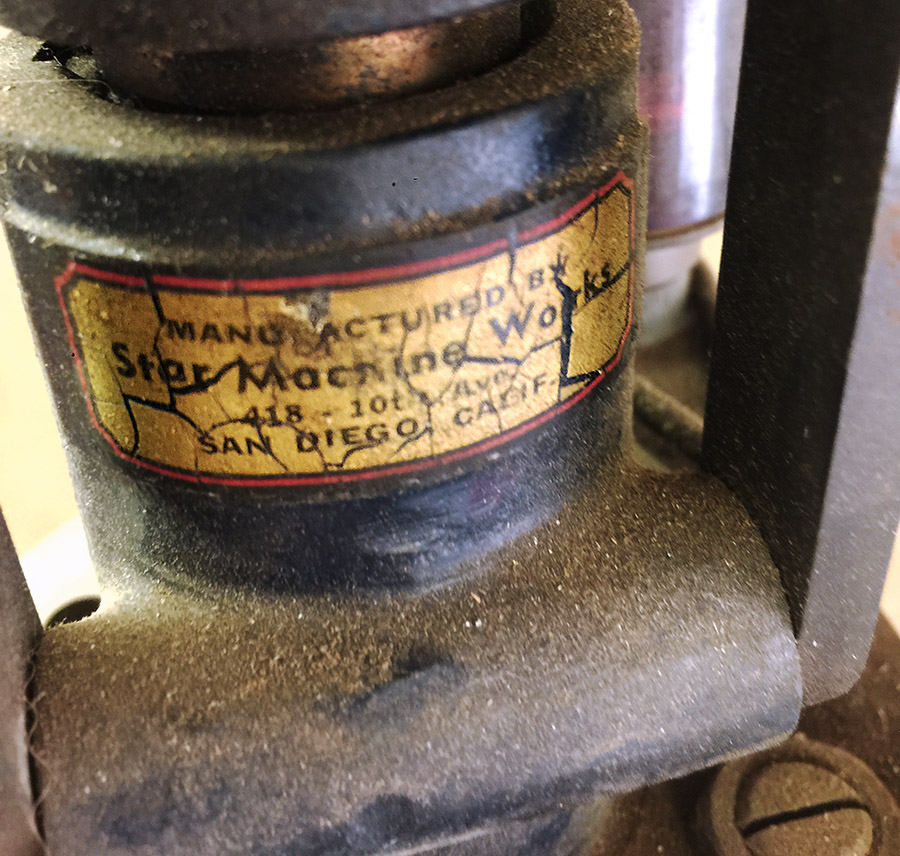
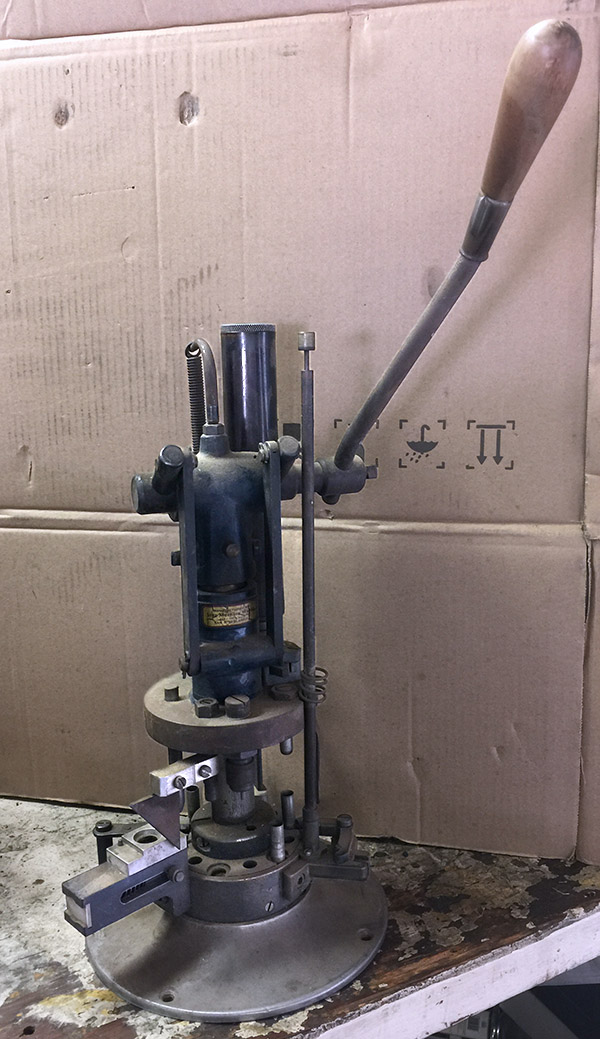
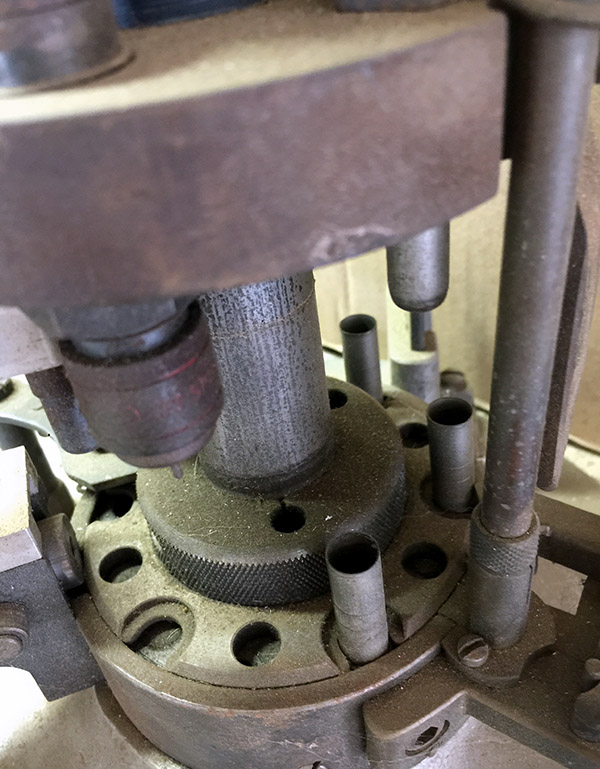
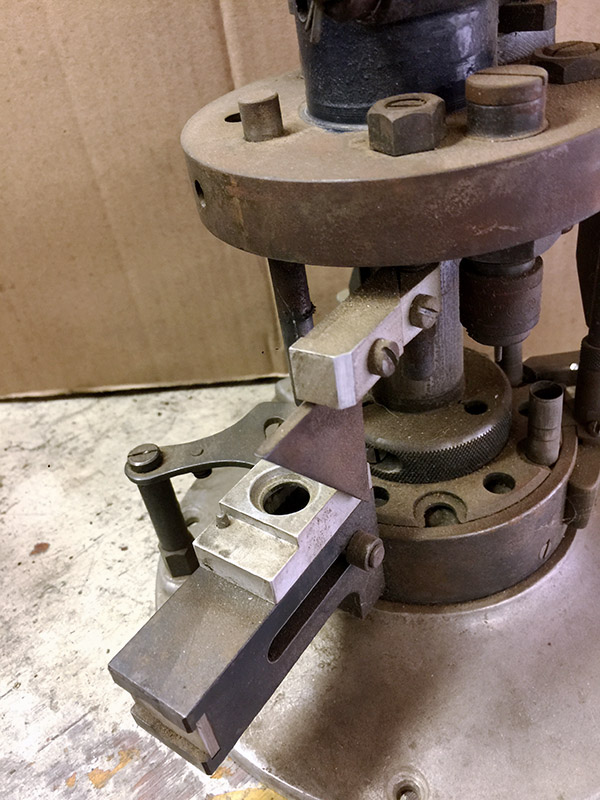
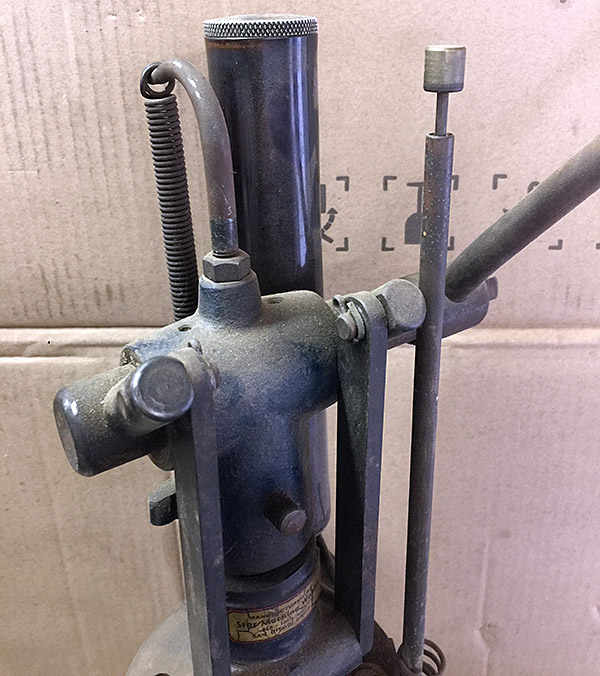
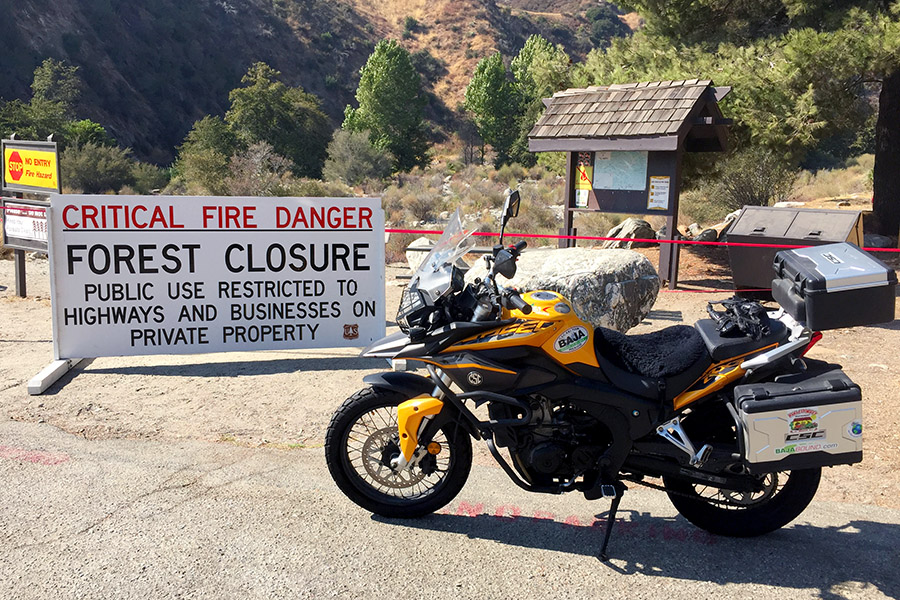



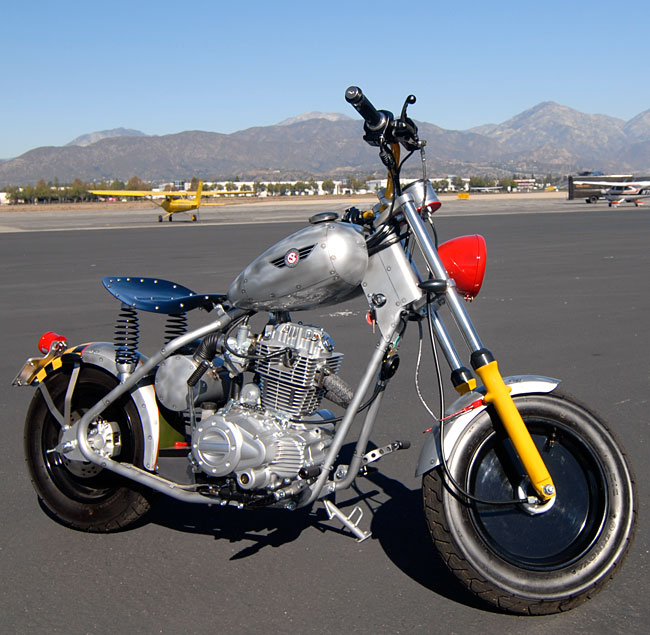

 ).
).






